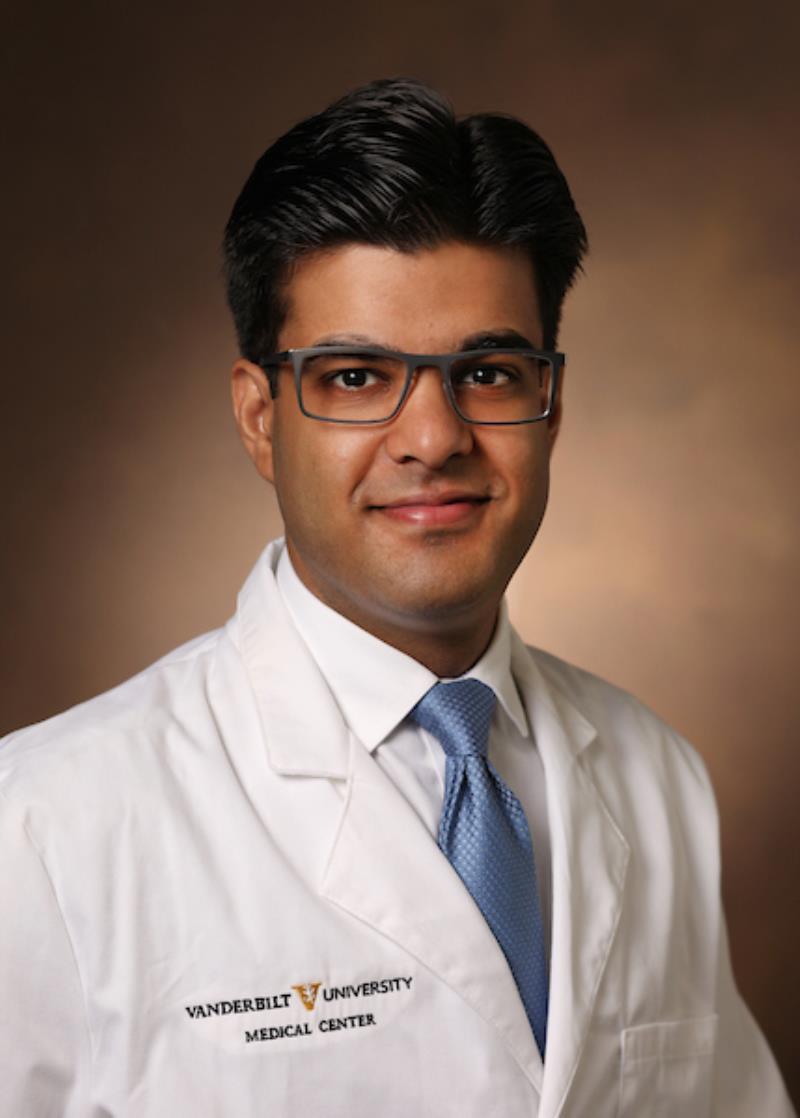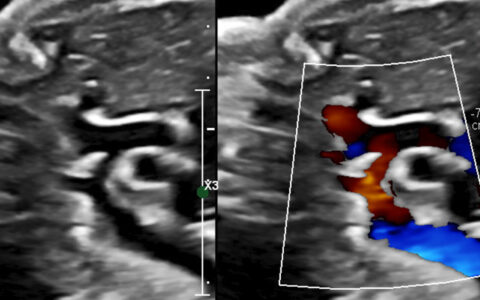Until recently, surgery was the only treatment option for tricuspid and mitral regurgitation. Now, transcatheter-based alternatives are on the rise.
Innovations in percutaneous, catheter-based solutions have most notably fueled the increase of transcatheter tricuspid valve replacement and transcatheter edge-to-edge repair.
Vanderbilt University Medical Center has been an early adopter of both therapies, said Colin Barker, MD, director of interventional and structural cardiology at Vanderbilt.
“Both TTVR and TEER are safe and effective procedures that have fundamentally shifted the way we treat valvular heart disease,” Barker said.
Kashish Goel, MD., director of transcatheter heart valve interventions, has led the team in applying TTVR and TEER for selected patients.
“This exponential rise has been driven by improved outcomes – stemming from refined patient selection, more clinical experience and engineering advances,” Goel said. “It’s been nothing short of a game-changer.”
One Size Does Not Fit All
Goel says the availability of TTVR for patients with severe symptomatic primary or secondary tricuspid regurgitation and high or prohibitive surgical risk has been a recent breakthrough in the field.
“These patients are relatively high-risk for open-heart surgery, making the minimally invasive nature of TTVR an important quality-of-life factor,” Goel said. “TTVR has been associated with symptomatic and prognostic improvement, right ventricular reverse remodeling, and organ function improvement.”
On the mitral side, TEER continues to be a preferred alternative to open-heart surgery. In the current guidelines, it is given a Class 2a recommendation for both chronic primary and secondary mitral regurgitation for the following patient subsets:
- Severely symptomatic patients with chronic primary mitral regurgitation and high or prohibitive surgical risk, if the mitral valve anatomy is favorable for the repair procedure and patient life expectancy is at least one year.
- Patients with chronic severe secondary mitral regurgitation related to left ventricular systolic dysfunction (LVEF <50%) who have persistent symptoms while on optimal guideline-directed medical therapy for heart failure, if the patient has appropriate anatomy.
“In heart valve disease, one size does not fit all. We have a whole menu of options available for patients,” Barker explained.
Early Feasibility Studies
In line with these advancements, early feasibility trials are evaluating the safety and performance of novel mitral and tricuspid valve replacement systems. Researchers have been working on these systems for more than 20 years, but design-related issues have been obstacles to progress, Barker said.
He notes, however, that Vanderbilt is leading two studies testing new and innovative replacement systems: the TWIST-EFS study and the LAPOSS trial.
“We are excited about the potential of these two new systems, mostly because of their potential for long-term durability,” Barker said. “They are not commercially available and can only be accessed through clinical trials at Vanderbilt.”
Non-Procedural Advancements
Beyond procedural advancements, Barker and Goel are exploring how artificial intelligence and natural language processing can be used to help identify individuals with undiagnosed heart valve problems, with a focus on rural settings.
“Our goal is to make it easier for primary care providers to identify patients who might have heart valve problems,” Barker said. “Outside of Nashville, there are large knowledge gaps among providers.”
Barker is optimistic about the potential of artificial intelligence and natural language processing technologies while acknowledging the challenges ahead.
“There are many unknowns about using AI, but once it’s widely adopted, I think most physicians will find it very helpful, especially for applications like early disease detection,” Barker said.





